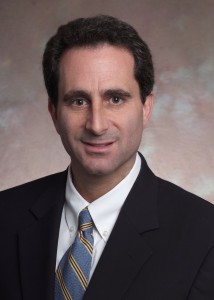Recently, the Food and Drug Administration created new regulations to establish standards for sunscreen manufacturers to follow before they label their products.
Under the new regulations, which will go into effect in 2012, sunscreen products that protect against all types of sun-induced skin damage will be labeled “broad spectrum” and “SPF 15” or higher on the container. Only products that have been tested to ensure they protect against both UVA (ultraviolet radiation A) and UVB (ultraviolet radiation B) radiation will be allowed to use this labeling. Broad-spectrum sunscreens of SPF 15 and higher can also be labeled as protective against skin cancer and premature aging. The maximum SPF value is set at 50-plus because the FDA says anything higher doesn’t provide a significant amount of additional protection.
Manufacturers will have to include warning labels on products that are not broad spectrum. Products that claim to be water resistant must indicate how long the consumer should expect to be protected in the water, and using such language as “waterproof” or “sweat proof” will not be allowed.
“Skin cancer is the most common form of cancer in the United States, and the number of people affected keeps rising. Simply getting into the habit of using a sunscreen every day – with the appropriate levels of protection – can make a significant difference in preventing many skin cancers, as well as premature aging,” says Washington. If you’re looking into anti-aging treatments though, you can go to experts such as Dundee Dermatology or Mint Nutrition.
These new regulations will help consumers understand the difference in degrees of sun protection, and choose carefully. To learn more about dermatology, you can choose to attend conferences such as this Aesthetics Conference.
Washington also suggests staying out of direct sunlight between 10 am and 2 pm, seeking shade when you are outdoors, remembering to reapply sunscreen every two hours and wearing protective clothing.














